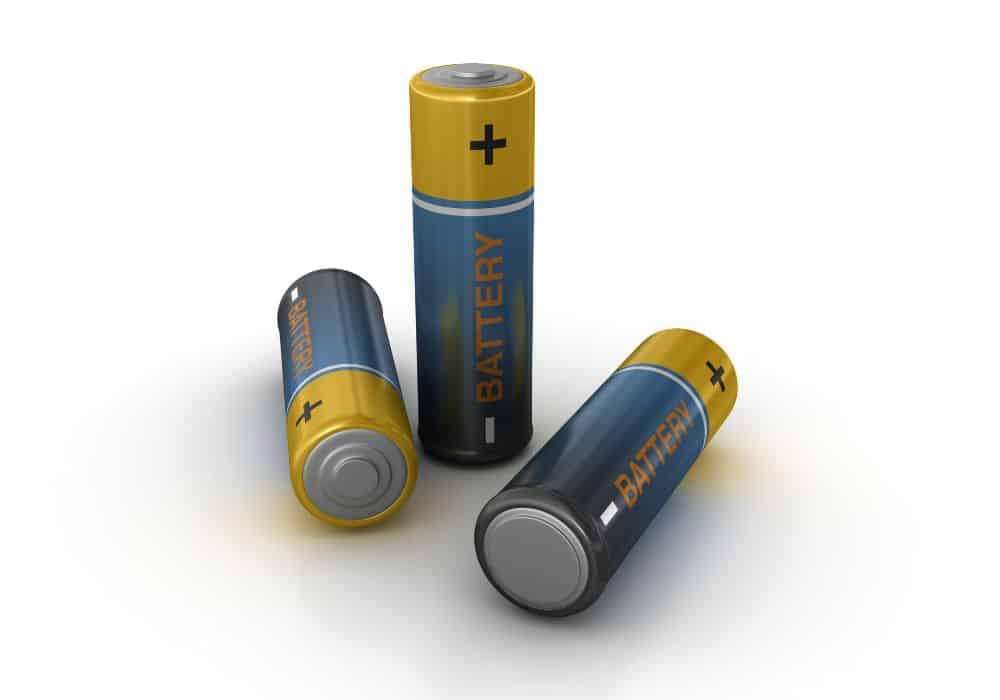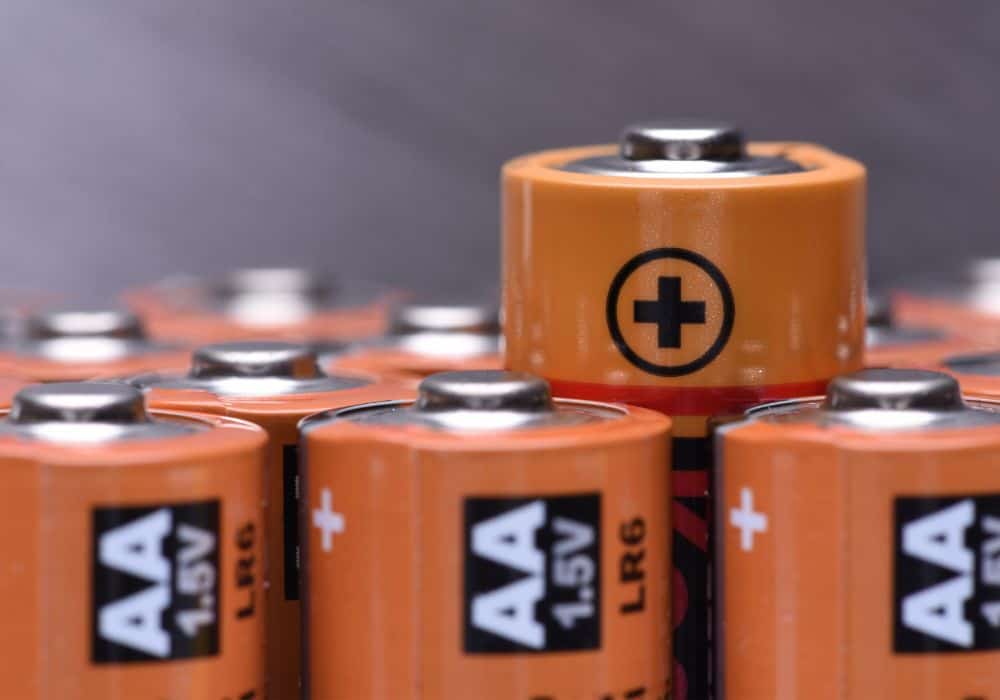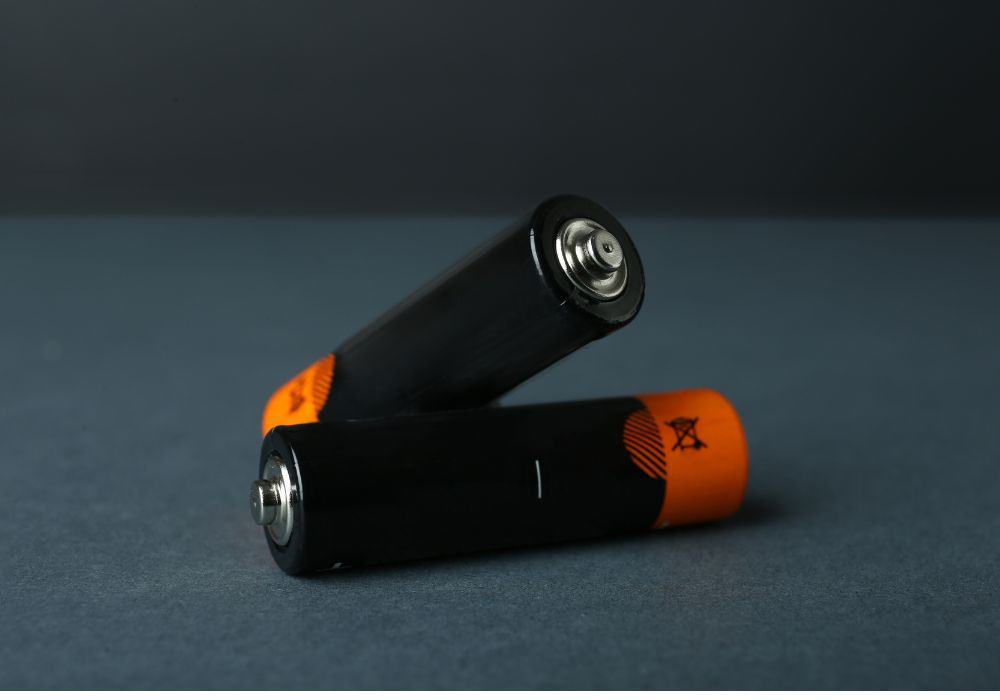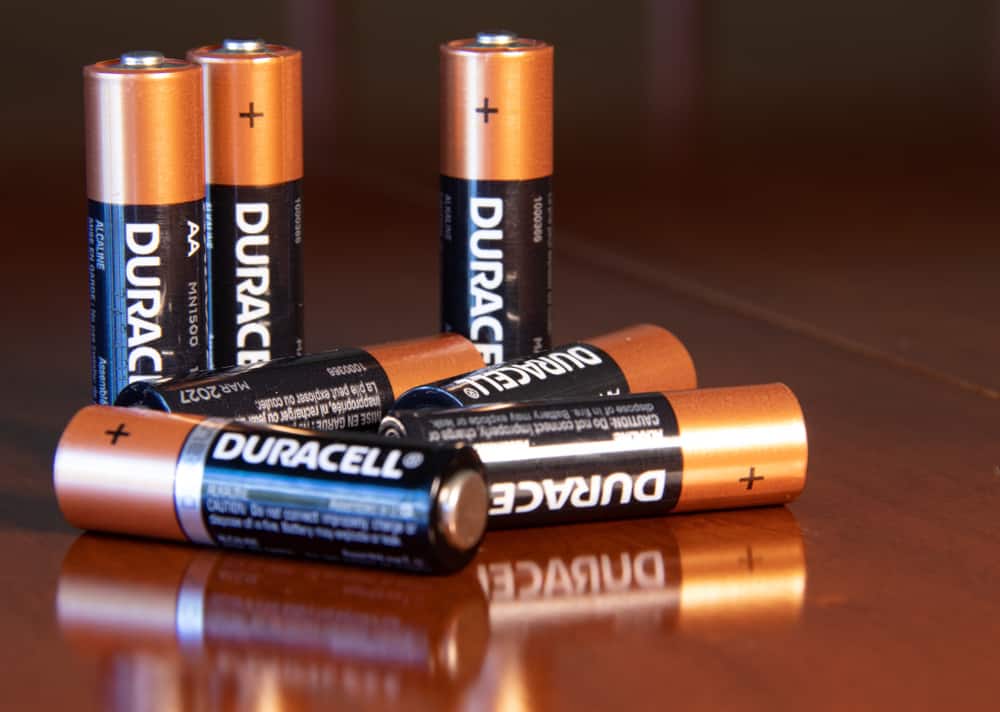Do you know how many amps are in a AA battery? A lot of people don’t realize this, but a AA battery actually contains quite a bit of energy.
There are many kinds of batteries, including AAA batteries and D batteries, but AA batteries are one of the most common, and they come in a variety of voltages and amperages. In this blog post, we will discuss the amps and volts in a AA battery, as well as how it is used in devices.
We will also talk about how to calculate the watt hours in a AA battery, and how to use this information to power your devices. Stay tuned for more information!
Table of Contents
History of the AA Battery
The AA battery was first invented in the late 19th century, and it was initially used in telegraphy. By the early 20th century, AA batteries were being used in a variety of devices, including radios and flashlights. Today, AA batteries are still commonly used in a wide range of devices, from digital cameras to room temperature meters.
It is different than AAA batteries in that it has a larger diameter and is taller. AA batteries are also known as alkaline batteries, while AAA batteries are usually referred to as nickel-metal hydride batteries.
It is safe to say that batteries have been monumental in changing the world’s dynamic forever, and it’s hard to imagine what life would be like without them.
How Does a AA Battery Work and Additional Terms to Know

Before you understand how many amps are in a AA battery, it is helpful to know how AA batteries work and the additional terms we will use in this article.
A AA battery works by converting chemical energy into electrical energy. This process is known as electrochemical reaction, and it occurs when the positive and negative terminals of the battery are connected to a circuit. The chemical reaction produces electrons, which flow through the circuit and power your device.
Here are a few additional terms to know:
Voltage
Voltage is a measure of how much potential energy there is in a AA battery. It is measured in volts (V), and it determines how much current can flow through the battery. The higher the cell voltage, the more current that can flow through the battery.
Amperage
Amperage is a measure of how much current can flow through a AA battery. It is measured in amperes (A), and it determines how much power the battery can provide. The higher the amperage, the more power the battery can provide.
Watt Hours

Watt hours (Wh) are a measure of how much energy is stored in a AA battery. To calculate watt hours, you need to know the voltage and amperage of the battery. The formula for watt hours is:
Wh = V x Ah
For example, if you have a battery that is rated at 12 V and 2000 mAh, the watt hours would be:
Wh = 12 V x 2000 mAh = 24 Wh
This means that the AA battery can provide 24 watts of power for one hour of use, or 12 watts of power for two hours of use. Kilowatt-hours (kWh) would be V x Ah / 1000.
AA Battery Voltage and Amperages
AA batteries are available in a variety of voltages and amperages. The voltage of a battery is how much potential energy it has, which means that the higher the voltage, the more potential energy the battery has.
The amperage of a AA battery is how much current it can provide. The higher the amperage, the more current the battery can provide.
A AA battery typically has an amperage of between 0.01 and 0.02 amps.
Let’s look at a few of the AA batteries available on the market today.
Duracell AA Battery
The most common AA battery is the Duracell AA battery. This would be the Duracell Coppertop Alkaline AA battery. Alkaline batteries are the kind that is known as primary batteries, and they cannot be recharged. The Duracell AA battery has a voltage of 1.5 volts and an amp-hour rating of about 1800 to 2800 mAh (milliamps hours).
In case that is a new term for you, a milliampere hour (mAh) is 1000th of an ampere hour (Ah). These measurements are both used often when we describe the charge of energy that is held within a battery. We also use these measurements when we are discussing how long a device will run on the battery before the battery needs to be recharged.
Energizer AA Battery
There are also AA batteries with a smaller yet similar mAh, such as the Energizer Max AA battery. This is still a 1.5 volt battery, just like the Duracell AA, but the battery capacity for mAh is around 1100 mAh. These batteries also have an alkaline cell.
Zinc Carbon AA Battery
The Zinc Carbon AA battery is another type of AA battery. These batteries are not as common as the Duracell or Energizer AA batteries, but they are still used in some devices.
This battery has a voltage of only 1.5 volts and an amp-hour rating of about 600 to 1600 mAh. Because the voltage is lower, these batteries do not last as long as the Duracell or Energizer AA batteries. Zinc Carbon batteries also aren’t rechargeable.

Lithium Ion AA Battery
The Lithium Ion AA battery is the newest type of AA battery on the market. Unlike its Alkaline cousin, these lithium batteries are rechargeable! Also, they have a voltage of about 3.6 to 3.7, which makes them have a much higher voltage than Alkaline.
This distinction will alter their amps as well. They carry a milliampere-hour of between 600 and 2000+ mAh!
NiMH AA Battery
The NiMH battery is another type of rechargeable AA battery. NiMH stands for “Nickel-Metal Hydride.” This type of battery stems from the sealed nickel-cadmium battery technology–basically, it just uses a hydrogen-absorbing negative electrode instead of a cadmium-based electrode.
This substitution increases its electrical capacity while also lowering the toxicity of the battery, since it eliminates the cadmium. The typical NiMH capacity (or, the typical alkaline capacity) is up to 2800 mAh, with a voltage of 1.2 V.
How Many Amps are in a AA Battery?

Now that we know the history of the AA battery, let’s talk about how many amps are in a AA battery.
Now that you know how to calculate the watt hours in a AA battery, you can use this information to determine how many amps are in a AA battery. The formula for amps is watts/volts = amps. So, if you have a 1.5 volt AA battery with a watt hour capacity of 0.24, then the number of amps in the AA battery would be 0.24/1.5 = 0.16.
This means that a AA battery has a maximum current of about 0.16 amps.
How to Use This Information
Now that you know how many amps are in a AA battery, you can use this information to power your devices. If you have a device that draws 0.01 amps, then you can use a AA battery to power it for about 24 hours. If you have a device that draws 0.02 amps, then you can use a AA battery to power it for about 12 hours.
Keep in mind that the capacity of a AA battery will decrease as the temperature decreases. For example, a AA battery will have a capacity of about 0.22 watt hours at room temperature, but it will only have a capacity of about 0.18 watt hours at -20 degrees Celsius.
When you are using AA batteries in electric sensitive devices, it is important to keep an eye on the voltage and the amperage. You’ll want to watch how much energy the device draws from the battery.
If the voltage of the AA battery drops below 1.5 volts, then it is time to replace the battery. If the amperage of the AA battery drops below 0.01 amps, then it is also time to replace the battery.
Keep these tips in mind and you will be able to power your devices for a long time with AA batteries!
Common Misconceptions About Amps and Batteries

There are a few misconceptions about amps and batteries that we would like to clear up. Let’s look at them below:
Higher Voltage Doesn’t Mean More Volts
The first misconception is that the higher the voltage of a battery, the more amps it has. This is not true! The voltage of a battery does not affect how many amps it has.
Higher Amperage Doesn’t Mean More Watts
The second misconception is that the higher the amperage of a battery, the more watts it has. This is also not true! The amperage of a battery does not affect how many watts it has.
In Conclusion
Now that we have cleared up these misconceptions, you can use your AA batteries with confidence!
We hope that this article was helpful in teaching you how many amps are in a AA battery.
AA batteries contain a lot of energy. They come in a variety of voltages and amperages, and they have the potential to power your devices for a long time.
Keep an eye on the voltage and amperage of your AA batteries, and replace them when necessary. Thanks for reading!
If you have any questions, please leave them in the comments below.

It is clear that the person who wrote this article has no idea how batteries work. There are so many things that are simply not true:
– Cell voltage in no way determines how many amps a battery can output. AA and D size batteries are the exact same voltage, but D batteries can output more amps than a AA, so clearly, this is not true. Which is weird, because at the top of the article, you said “The higher the cell voltage, the more current that can flow through the battery”, but at the end, you said, “The voltage of a battery does not affect how many amps it has”.
– Amps and AmpHours are two completely different things, in the same way that kilometers and kilometers per hour are two completely different things. Batteries do not “have amps”. Amps are just how much drain is on the battery while it’s in use. Different devices will use different amounts of amps. What you said is no different than me saying “my car has 50 kilometers per hour”. It depends on what your car is capable of and what road it’s on.
– Your “formula for amps” is a joke. That in no way determines how many amps a battery is capable of.
– Your calculation of how long a AA will last is also wrong, even though you had the basic formula right. If a AA battery is typically at least 1000mah, then at 0.01amps, which is 10 milliamps, the battery would last about 100 hours, not 24.
– The capacity of batteries does not decrease with colder temperatures. Again, you’re confusing Amps and AmpHours. Power, also known as watts, is Voltage x Amps. Nothing to do with capacity. You’re right that watts are lower at lower temperatures, but that’s because resistance in metal circuits is lower at lower temperatures. Because it’s easier for electricity to flow at lower temperatures, less power is needed from the battery, meaning that the battery will actually last LONGER at colder temperatures.
– If a device is designed for AA batteries, there is no reason to keep an eye on the voltage or amperage, unless you’re just curious how long the batteries will last. It has no effect on the device itself.
-“Higher Amperage doesn’t mean more watts”. This is technically true, but watts is Voltage x Amps, so higher amps will usually mean higher watts.
Not trying to be mean, but you’ve got to be careful about putting information like this on the internet if it’s so wrong. Battery fires are a common thing and can easily be caused by someone who doesn’t understand a battery’s capabilities.
Voltage
Voltage is a measure of how much potential energy there is in a AA battery. It is measured in volts (V), and it determines how much current can flow through the battery. The higher the cell voltage, the more current that can flow through the battery.
Amperage
Amperage is a measure of how much current can flow through a AA battery. It is measured in amperes (A), and it determines how much power the battery can provide. The higher the amperage, the more power the battery can provide.
WRONG
POWER = Volts x Amps
Power is determined entirely by volts and amps. Cut either one by factor of 2 and you have half the power.
Voltage is the potential to do work (produce power). But there is no power without also having current. To have current you need a load. When connect a load, you draw current from the battery.
Current=Voltage/Resistance.